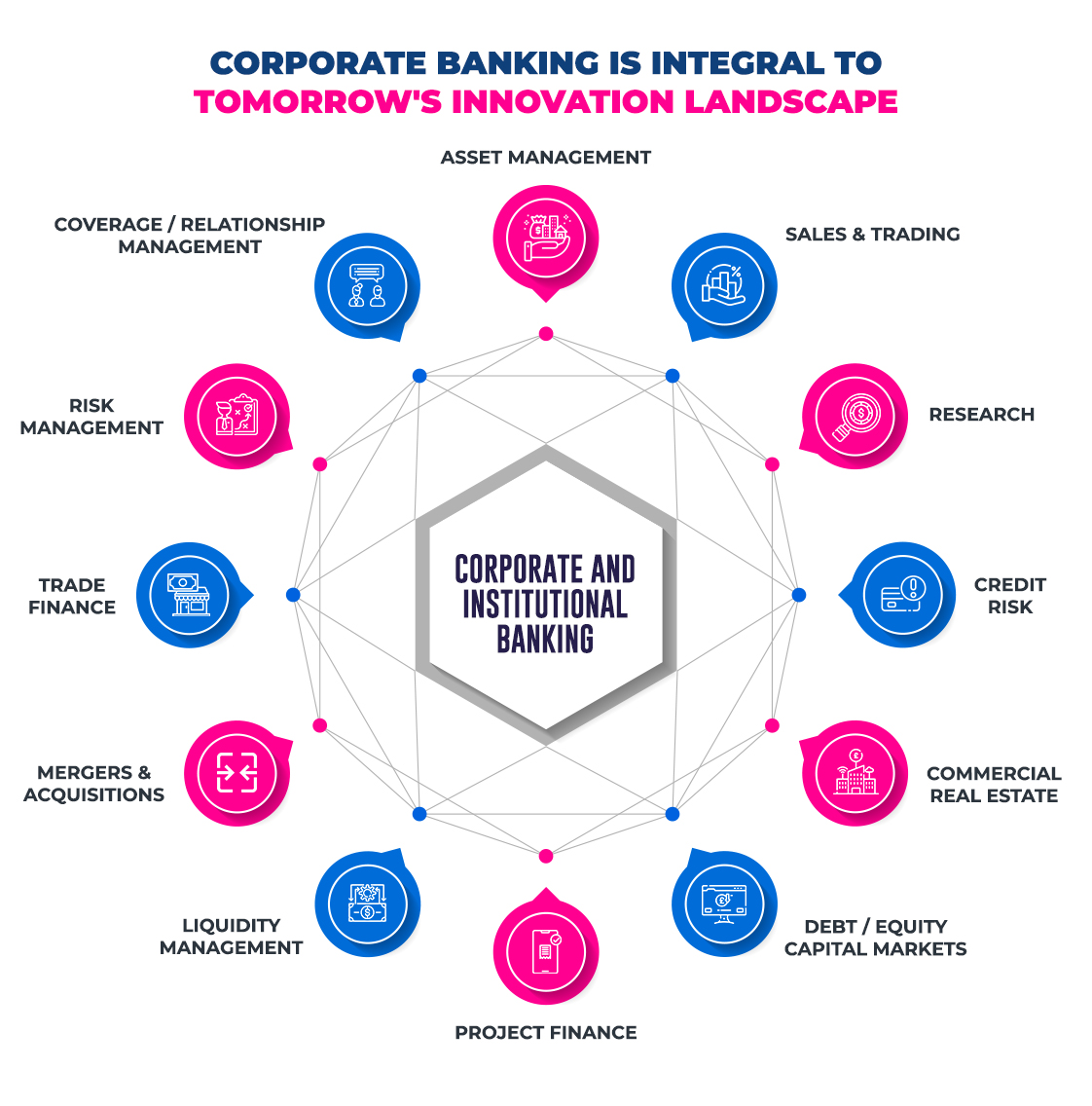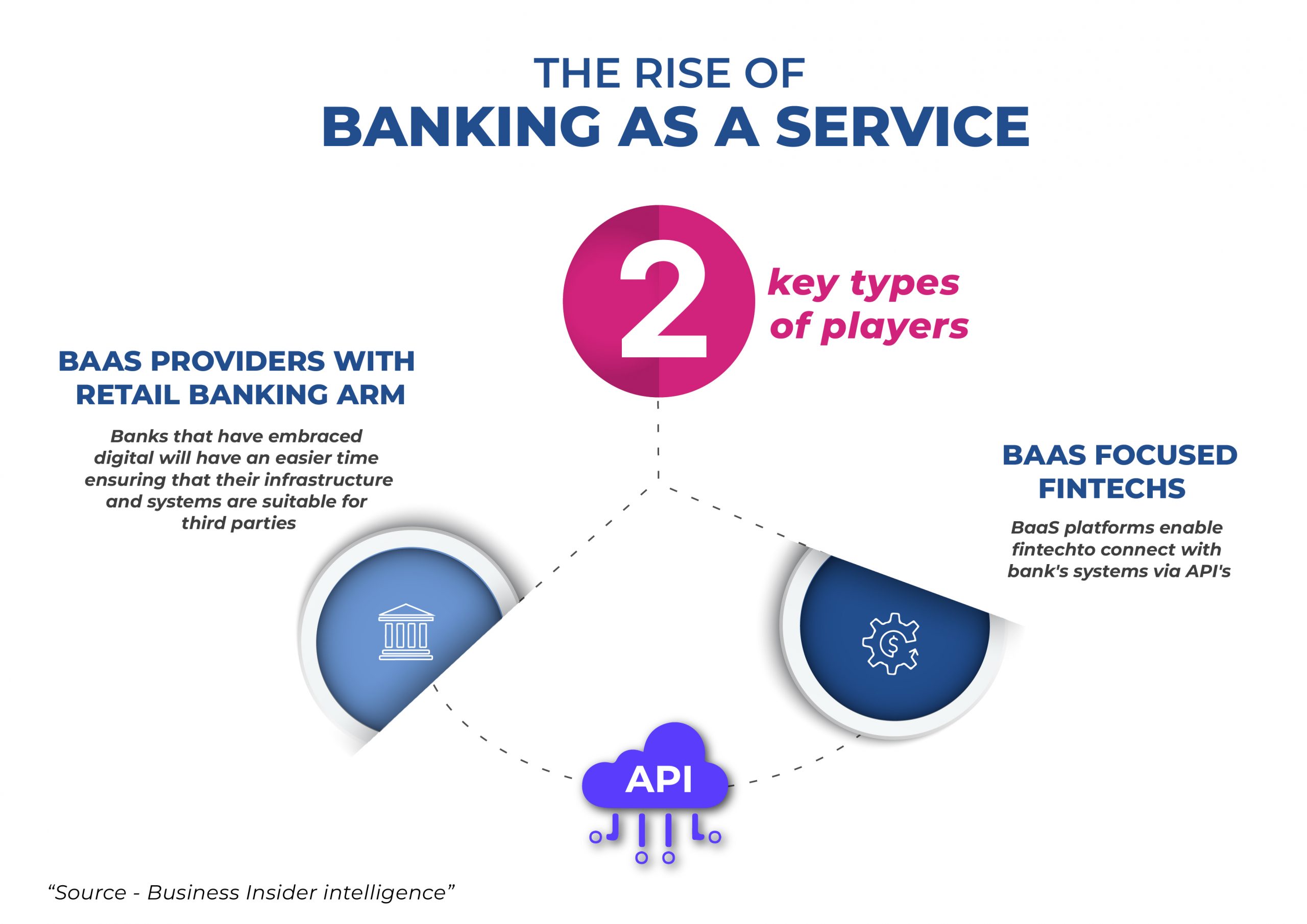Core Banking – Definition, Characteristics, and Benefits

Banks need to investigate the chances and possibilities that intelligent aggregation provides thoroughly. One worry is that this strategy would allow rivals to invade treasured client relationships and significantly reduce service margins. Security, privacy, and the lack of clarity surrounding how to profit from and create value from externalizing data assets are the other apprehensions.
What is a Core Banking System?
A back-end system that conducts daily banking transactions and posts updates to accounts and other financial data is a core banking system. Core banking systems frequently have connections to general ledger systems and reporting tools, as well as the ability to process deposits, loans, and credit.
Characteristics and Benefits of Core Banking Systems
Core banking systems must allow current and potential consumers with more control over their account activity. The advancement of technology has made transactions safer, quicker, and less onerous. Core banking systems are now an essential feature of banking because these transactions may be carried out remotely from anywhere in the world.
Partnering with global banking technology solution providers such as Maveric Systems allows leading FIs significantly reduce their operating expenses and the personnel needed for implementation. Additionally, core banking provides for greater customer accountability. Core banking systems today streamline and encourage banks to be more user-friendly. The advantages of core banking systems are numerous and include keeping up with a rapidly changing market and extending the reach of banks to remote locations.

What constitutes core banking operations?
The capacity to maintain strict deadlines and plan flawless delivery is essential for core banking. Any worthy core banking solution suite must bring tailored tools for efficient channel management. The crucial solution differentiators include:
- Design and develop core banking software
- Testing accuracy and automated testing
- Enhancing applications and high-touch maintenance support.
What are the business benefits of a world-class core banking system?
To better interface with various internal and external services and systems, new core banking systems leverage cloud and digital technologies and employ open API-based architecture. New core banking systems have advantages like lower costs, quicker time to market, and more straightforward integration with different services that can improve client experiences.
Conclusion
Financial institutions must adopt a partnership-driven and collaborative approach to stay relevant today while developing their capabilities to foresee and respond to tomorrow’s market needs in the face of Fintechs and other nonbanking competitors’ accelerating digital disruption.
About Maveric
Starting in 2000, Maveric Systems is a niche, domain-led Banking Tech specialist partnering with global banks to solve business challenges through emerging technology. 3000+ tech experts use proven frameworks to empower our customers to navigate a rapidly changing environment, enabling sharper definitions of their goals and measures to achieve them.
Across retail, corporate & wealth management, Maveric accelerates digital transformation through native banking domain expertise, a customer-intimacy-led delivery model, and a vibrant leadership supported by a culture of ownership.
With centers of excellence for Data, Digital, Core Banking, and Quality Engineering, Maveric teams work in 15 countries with regional delivery capabilities in Bangalore, Chennai, Dubai, London, Poland, Riyadh, and Singapore.
View


































